The Mong ethnic group is not only famous for its unique and colorful costumes that bloom like flowers adorning the mountains and forests, but also differs from many other ethnic groups in the variety of traditional musical instruments such as: panpipes, flutes, leaf trumpets and, most uniquely, the lip trumpet (tu ghe).
For many other Mong ethnic groups, the lip flute is mainly used by men to flirt, express feelings, love, and longing. Particularly for the Flower Mong (Mong Lenh) who live mainly in Cao Son hamlet, Dan Chu commune (Hoa An), the lip flute is also a musical instrument for confiding, telling stories, and confiding in the middle of the night.
If the trumpet is the main musical instrument played in rituals, customs, and beliefs, the flute or the mouth harp are the musical instruments used by the Hmong people mainly at night. The lyrics, words, and music are sung by the Hmong people as if to confide, tell stories, and express hidden feelings that cannot be shared with anyone. Sometimes it is about love, sometimes it is a deep longing for one's homeland and family.
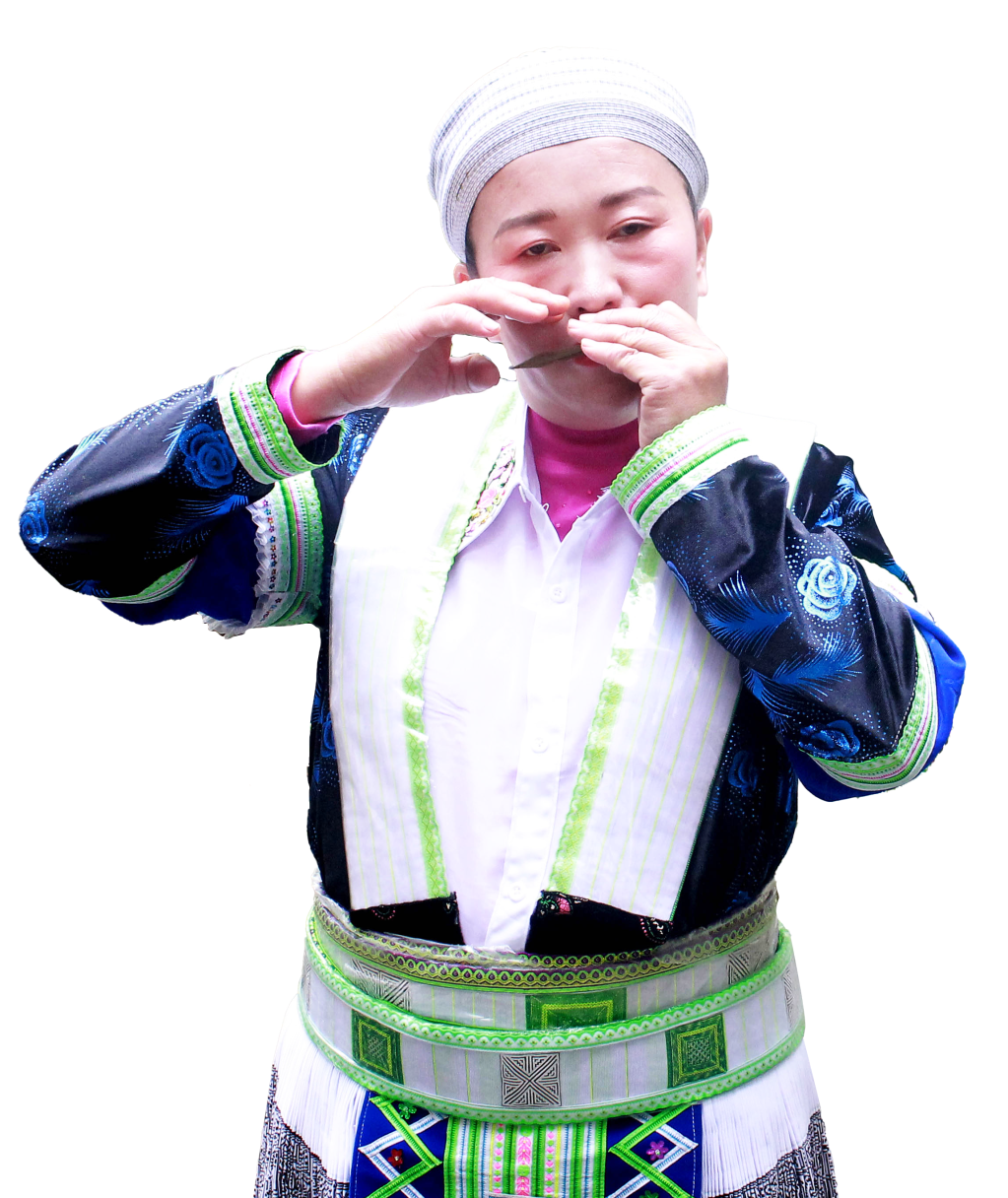
The lip flute, also known as the mouth harp, is a unique musical instrument that has existed for a long time among the Mong people. The lip flute is a self-resonating musical instrument, made from a thin piece of copper, shaped like a rice leaf, with one end of the stem to hold in the hand and the other end pointed to pluck. In the middle, a reed is created, when plucked, the reed will vibrate, at that time the mouth cavity is the sound resonance chamber that produces loud, soft, low, high, trilled sounds... This musical instrument looks simple at first glance, but to make it is extremely complicated, requiring the maker to be meticulous, meticulous, and have knowledge and understanding of musical instruments and the culture of the Mong people.
The lip flute consists of three main parts, including a small bronze reed, a bamboo tube, and a bronze reed. The parts of the lip flute are connected together by many bright threads, braided into a strong wire.
In the structure of the mouthpiece, the copper piece is the main part of the instrument. The copper used to make the instrument is carefully selected, then melted and poured into a mold into small, thin copper sheets, about 7 cm long. After being thinned, the copper sheet is divided into 2 parts, with a dividing groove. The middle part of the copper sheet is where the reed is placed, so it must be made meticulously and carefully. The middle part is made very thin, even, just thin enough, not too thick to make the sound not standard, clear and not too thin to make the instrument break easily.
Next is the reed, the reed is attached to the copper piece, which is the most important part of the lip trumpet, whether the tone is up to standard or not depends on the elasticity of the reed. The reed or small copper bar, about 5 cm long, looks like a large sewing needle, is aligned to each centimeter and cut to fit the copper piece, otherwise it will not make a sound. When the reed is attached to the copper piece, the lip trumpet will have a shape that looks like a safety pin.
The remaining part of the mouthpiece is a bamboo tube (or bamboo tube, reed tube...). This bamboo tube is 1 - 2 cm longer than the trumpet, compact, one end of the tube is large, just enough to hold the trumpet, the other end is thin, just enough to thread the string through. The bamboo tube and the end of the copper piece are connected together by many colorful threads woven into a long string. When in use, the trumpeter will pull the trumpet out of the bamboo tube, when not in use, he will use the thread to connect, pull the trumpet into the bamboo tube for storage. The outer body of the bamboo tube is often decorated with sophisticated patterns, carved or covered with a piece of fabric embroidered with embossed patterns. The patterns on the body of the tube are often triangles, rectangles, leaf motifs, animals... symbolizing mountains, trees and animals in the daily life of the Mong people. Like a jewelry box, the bamboo tube has the function of preserving and storing the trumpet.
To play the lip harp, the player must hold the base of the harp steady with the left hand, placing the harp at a distance from the lips that does not touch the teeth. The thumb of the right hand plucks the head of the harp, causing the reed inside the harp to vibrate, transmitting the vibrations to the mouth and resounding in the oral cavity. To be able to play the lip harp, the player must know how to hold the breath, at this time the throat produces the vowels a, e, i, o, u... according to each melody and lyrics. The secret to being able to play the lip harp is to know how to hold the breath in the chest so that the volume of air that leaks out is not too large, thanks to that, the breath column is held steady, the sound emitted will have different pitches, creating the characteristic tones of the lip harp.
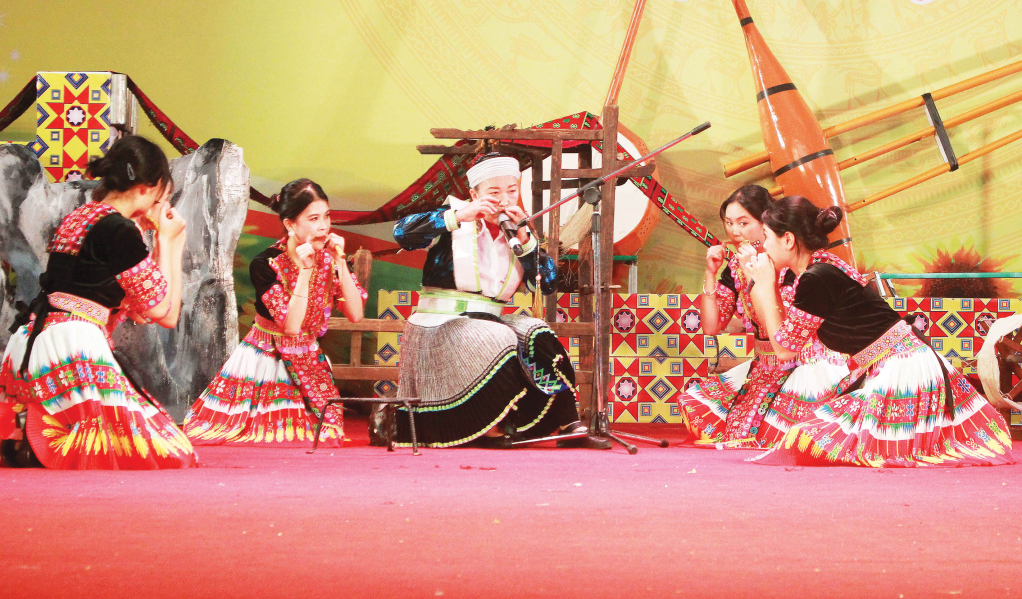
Ms. Duong Thi Mi, a Mong Hoa ethnic group, Cao Son hamlet, Dan Chu commune (Hoa An) shared: I have been practicing playing the mouth organ since I was 12 years old, nearly 40 years now. The mouth organ is a difficult musical instrument, unlike the leaf organ or flute. The way to hold the breath to blow is extremely important. Holding the breath is not like talking, you have to know how to breathe evenly, take in just enough breath. You have to practice for a long time to know how to blow the organ to each melody.
Blowing the trumpet is one thing, distinguishing the sound of the trumpet is even more difficult. The tone of the sound of confession is different from the tone of the sound of confession and confiding. When blowing the trumpet to confess, you cannot blow it too loud, nor too soft, the sound must be enough for only both of you to hear, because the lip trumpet is often used at night so the sound will be very far-reaching. As for blowing the trumpet to confide and confide, the sound must be loud, clear, and when blown, it will be far-reaching so that many people can hear it, sympathize with it, and will blow the trumpet together to resonate.
The Mong lip flute is special because it is usually only used at night, in the midst of the majestic mountains and forests. The whispers, confidences, stories, and confessions resound, echoing far and wide like a grand concert whose performance stage is the gable, on the rocky outcrop in front of the house... And the person playing the flute is the artist telling the story, his feelings.
Although simple, Mong ethnic musical instruments are rich in the way they express sounds and emotions and have an indispensable position in cultural life. Amidst social changes, technology is gradually penetrating into every village, changes in living habits and lifestyles also have a significant impact on the cultural thinking of the Mong people. Mouth pipes and other musical instruments are more or less affected and gradually lose their place in life. But no matter how developed society is, the cultural quintessence of the nation is still the source, the bond that connects each person.
Although not as popular as before, somewhere in the mountains and forests, the sound of the mouth trumpet still resounds every night as if to prove the sustainable existence of Mong ethnic culture through many generations.
Thuy Tien
Source
















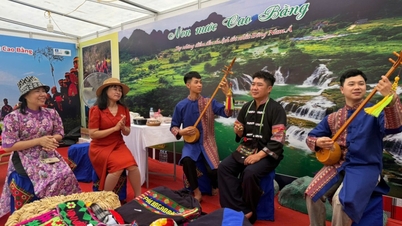















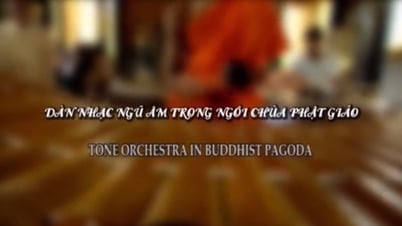


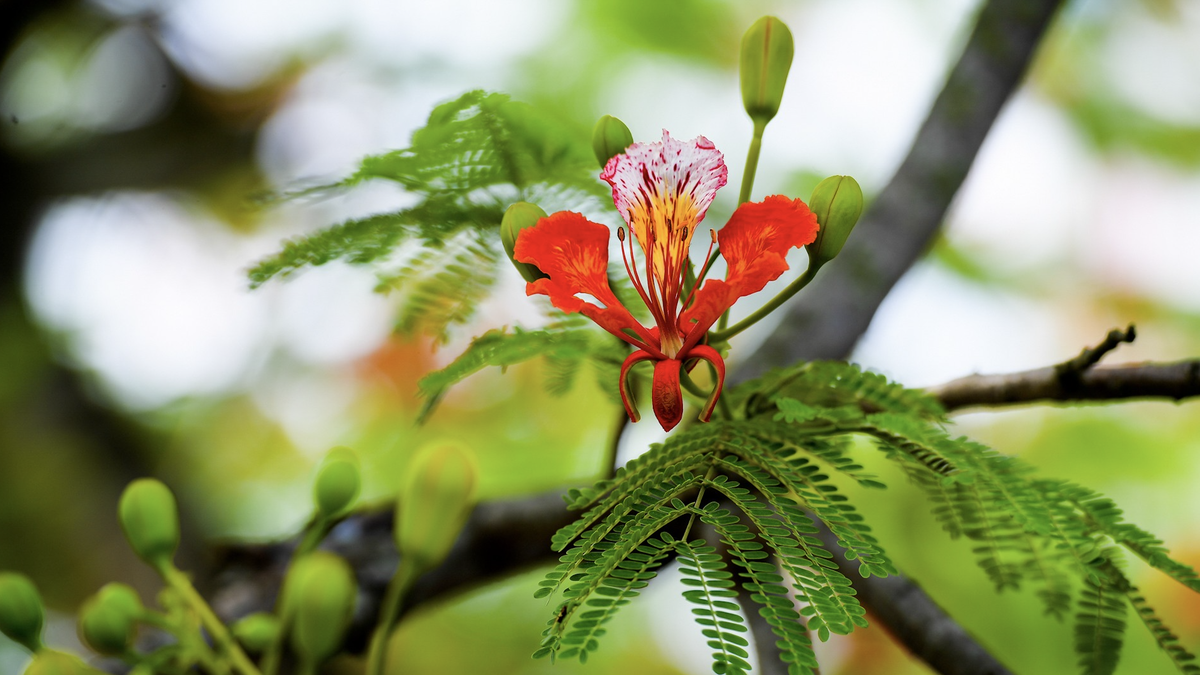



















































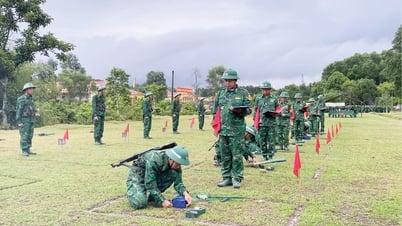


















Comment (0)